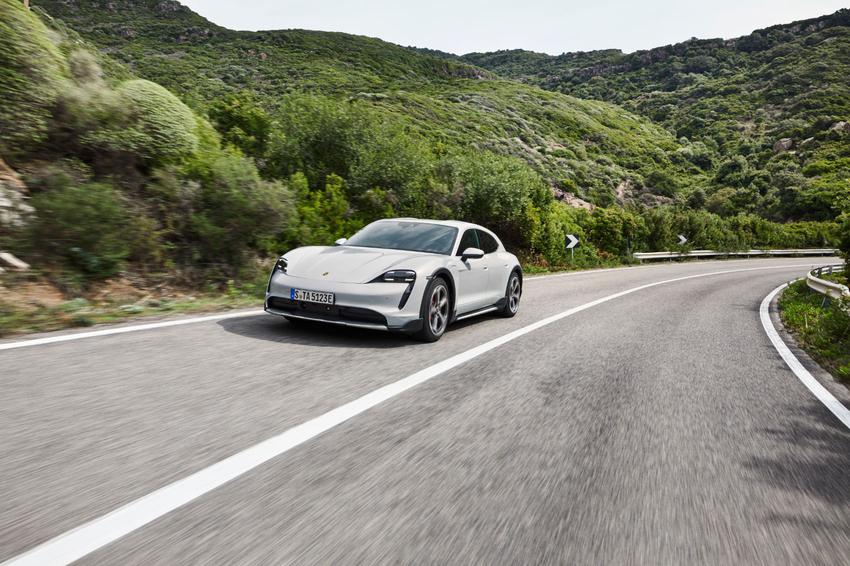Automoblog Book Garage: Muscle car source book
It is interesting to observe the changes in the automotive landscape, especially with the emergence of new technologies. The biggest theme today is the driverless world; a place where cars drive automatically, so our roads will be safer and our driving time will be more efficient.
These visions and the technology behind them are promising, but sometimes, there is no substitute for the rawness that is American muscle. While autonomous vehicles may rule in the name of a “better future,” there is no replacement for cars that ruled in the name of performance.
Authority Figure
Author
Muscle Car Source Book Gallery
Authority Figure
This latest story on the Book Garage shelf begins in 1963, and spans until the mid 1970s. Muscle Car Source Book presents this incredible era in a manner representative of its name: as a source book. From Ford, Chevrolet, and Pontiac, to Buick, AMC, and Dodge, all of the performance data for each car is displayed on tables. The essential specs, from horsepower and torque, to curb weight, fuel tank capacity, and tire sizes are laid out.
Muscle Car Source Book also touches on the major performance options available for each car, including engine options, comfort features, gauge packages, and wheel-and-tire configurations.
This book is perfect if you grew up during this time, or if you had, or currently own, a muscle car. It’s really enjoyable to read through all the different specifications and the wealth of photos doesn’t hurt either. Muscle Car Source Book is exactly like the cars within its pages: what you see is what you get.
Author
Mike Mueller has worked as a freelance automotive photojournalist since 1991. A lifetime car enthusiast, Mueller has written and photographed more than 25 automotive and truck history books and contributed photography to dozens more. Among his long list of titles are Motorbooks’
Chevy Chevelle 50 Years,
The Complete Book of Corvette, and

The Complete Book of Classic Dodge and Plymouth Muscle
Muscle Car Source Book: All the Facts, Figures, Statistics, and Production Numbers is available through Amazon and Motorbooks.
Muscle Car Source Book Gallery
Disc brakes were standard for Chevrolet’s Z28 Camaro in 1967, meaning the division’s new Rally wheels also were included—in this case, measuring 15 inches across. Otherthan these bright rims, the only other outward sign of a 1967 Z28’s presence were twin racing stripes on the hood and rear deck. That legendary “Z/28” emblem didn’t appear until midway through 1968. Photo: Mike Mueller.
Color choices, white or black, were new for the Hurst/Olds in 1973. A Landau-style half-vinyl roof was standard, as were dual sport mirrors and swiveling bucket seats. The sunroof seen here was optional. Photo: Mike Mueller.
A dust-trailing cartoon reminiscent of Warner Brothers’ Tasmanian Devil was added to the Duster 340’s body-sidestripes in 1972. High-profile optional hood graphics carried over from 1971. Photo: Mike Mueller.
The GTO package was only offered for LeMans coupes and hardtops in 1972. The base V-8 again was the L78 400,net rated at 250 horsepower. A three-speed manual wasstandard behind the L78, while an automatic once more was the only choice with the optional L75 455. All transmissions were available behind the LS 5 455 HO, demonstrated here. Photo: Mike Mueller.
Oldsmobile’s 4-4-2 stood tall as an individual model for one last time in 1971. Only two bodieswere offered this year: Cutlass Holiday hardtop and Cutlass Supreme convertible. Photo: Mike Mueller.
The 1966 GTO ’s plastic egg crate grille was replaced by a wire-mesh layout the following year. Engine displacement alsowent from 389 cubic inches to 400 in 1967. Photo: Mike Mueller.
Introduced in April 1968 in fastback, coupe, and convertible forms, Ford’s Cobra Jet Mustang featured a long list of standardperformance pieces, including power front discs, braced shocktowers, a beefy 9-inch rear end, staggered rear shocks (on fourspeedmodels), and a black-striped ram-air hood. An 8,000-rpm tach was standard with the four-speed, optional when aC6 automatic was chosen. Part of the deal, too, was the GT equipment group consisting of a heavy-duty suspension, F70tires on styled-steel wheels, fog lamps, chromed quad exhausttips, and “GT” identification. Photo: Mike Mueller.
Polar White replaced Cameo White for Pontiac’s second-edition Trans Am, which, like its Z28cousin, showed up late in February 1970 due to various delays encountered while bringing GM ’snext-generation F-body to market. The 1970 Trans Am also could be ordered in a second color: Lucerne Blue. Standard striping returned but was redone in one bold center line accented with black edging. The stripe color inside that black border was white on blue cars, blue on white ones. Photo: Mike Mueller.
Bolder graphics (including a blacked-out hood scoop),more paint choices, and a new standard V-8 appeared for 1970’s Cougar Eliminator. That engine was Ford’s 351 Cleveland small-block, rated at 300 horsepower. The Boss 302 and 428 Cobra Jet remained available at extra cost. Photo: Mike Mueller.
Interested in more of our book garage series? click here.
-
Latest
 2021 Porsche Taycan Cross Turismo: powerful Turbo S variant, new Gravel mode, etc.
2021 Porsche Taycan Cross Turismo: powerful Turbo S variant, new Gravel mode, etc.If you want your everyday driver to look like an SUV, a sedan, an extended coupe, and a station wagon at the same time, then the Porsche Taycan Cross Turismo will feast your eyes. No matter what you c...
-
Next
 Volvo's dime on vacation in Sweden
Volvo's dime on vacation in SwedenIn order to promote theirOverseas Deliveryservice, Volvo is holding a contest for anyone to participate to win a free vacation to West Sweden.To win, simply head over to their Trip Planner, create an...
